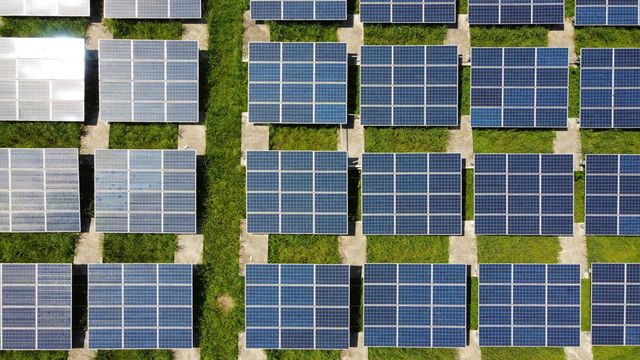Key Takeaways
- A new study reveals that dynamic nanodomains within lead halide perovskites can enhance solar cell efficiency and stability.
- Research led by Milos Dubajic and Professor Sam Stranks involved collaboration from institutions like Imperial College London and UNSW Sydney.
- Mastering the behavior of these nanodomains may lead to advancements in renewable energy technologies.
Study Insights on Perovskite Solar Cells
A recent study published in Nature Nanotechnology highlights significant progress in the understanding of lead halide perovskites, materials pivotal to solar cell innovation. Conducted by researchers from the Department of Chemical Engineering and Biotechnology (CEB), the study focuses on dynamic nanodomains within these materials that could play a crucial role in improving solar cell efficiency and stability.
The investigation, led by Milos Dubajic along with Professor Sam Stranks from the Optoelectronic Materials and Device Spectroscopy Group, utilized contributions from an international network of researchers, including teams from Imperial College London, UNSW Sydney, Colorado State University, and various synchrotron facilities in Australia, the UK, and Germany.
Findings indicate that understanding the behavior of these microscopic structures is vital for enhancing how electrons are energized by light and subsequently transported through the material. Until now, the fluctuating nature of these nanodomains remained partially understood. With this new insight, engineers may be able to fine-tune the properties of perovskites, leading to solar cells with improved performance and lifespan.
Milos Dubajic stated, “By understanding the dynamic nature of these nanodomains, we can potentially control their behavior to improve the performance of solar cells and other optoelectronic devices. This could help push the boundaries of energy conversion efficiency.” This sentiment was echoed by Professor Sam Stranks, who noted that mastering the intricacies of these materials brings researchers closer to practical applications for renewable energy.
This study is part of a larger commitment from the CEB team to explore sustainable energy solutions through advances in material science. By enhancing knowledge about materials like lead halide perovskites, the research aims to confront global challenges associated with renewable energy sources like solar power.
The implications of this research are significant, as further understanding and manipulation of these nanodomains could accelerate the development of perovskite-based solar technologies, making them a more viable option in the ongoing quest for efficient renewable energy solutions.
The content above is a summary. For more details, see the source article.















